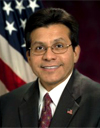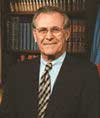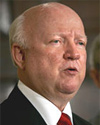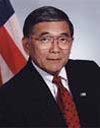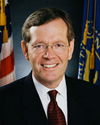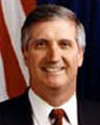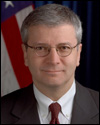Department of Agriculture
Secretary Mike Johanns
www.usda.gov
Department of the Interior
Secretary Gale Norton
www.doi.gov
Department of Commerce
Secretary Carlos Gutierrez
www.doc.gov
Department of Justice
Attorney General Alberto Gonzales
www.usdoj.gov
Department of Defense
Secretary Donald Rumsfeld
www.defenselink.mil
Department of Labor
Secretary Elaine Chao
www.dol.gov
Department of Education
Secretary Margaret Spellings
www.ed.gov
Department of State
Secretary Condoleezza Rice
www.state.gov
Department of Energy
Secretary Samuel W. Bodman
www.energy.gov
Department of Transportation
Secretary Norman Mineta
www.dot.gov
Department of Health &
Human Services
Secretary Michael O. Leavitt
www.dhhs.gov
Department of the Treasury
Secretary John Snow
www.ustreas.gov
Department of Homeland Security
Secretary Tom Ridge
www.dhs.gov
Department of Veterans Affairs
Secretary Jim Nicholson
www.va.gov
Department of Housing &
Urban Development
Secretary Alphonso Jackson
www.hud.gov







